Here’s how to analyze a poem in 6 actionable steps:
- #1 The first two readings
- #2 Study for structure
- #3 Search for techniques
- #4 Study the context
- #5 Envision the speaker
- #6 After the analysis
So if you’re looking to dissect poetry with the finesse of an expert, you’re in the right place.
Let’s get started!
- Craft Captivating Poems: 16 Practical Steps
- Forge a Poem About Yourself: 5 Actionable Steps
- Craft a Captivating Poetry Analysis: 7 Actionable Steps
- Write Rhyming Poems: Unlock Rhyme Mastery
- Read Poems Aloud Like a Pro: 5 Proven Tactics
- Edit Poetry Like an Expert: 5 Easy Steps
- Format & Punctuate & Annotate Poems: Like a Pro
- Critique Poetry with Ease: 5 Steps to Success
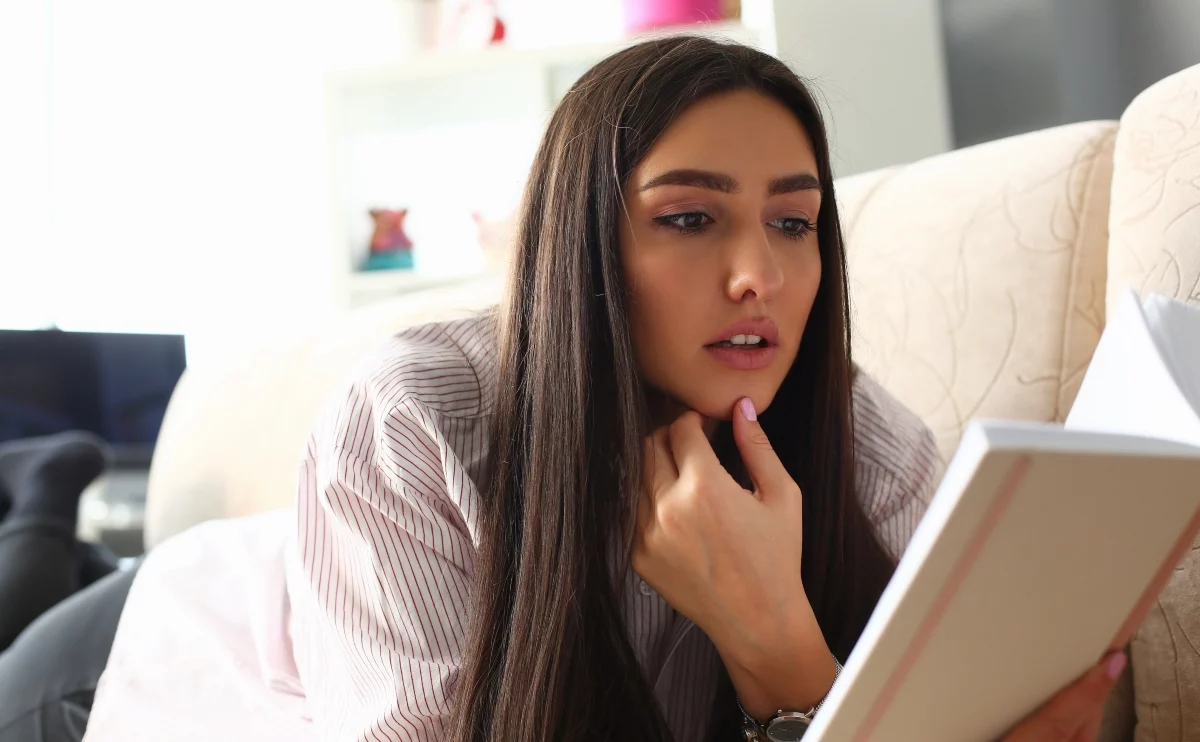
Analyzing Poems (6 Steps)

While some poems are very direct about their meanings, others may leave you in a dreamlike state of wondering.
A strange itch in your head tells you that there’s more to the poem you just read.
So how do you get closer to that deeper meaning and try to connect with the poem’s intentions?
Through literary analysis.
By breaking a poem down line by line into its most basic components, it becomes easier to imagine yourself as the writer.
You start to understand why certain choices were made when building the poem, what the poem comprises, and perhaps even what it all means.
Of course, analysis requires a bit of practice and a keen eye for the technical side of writing.
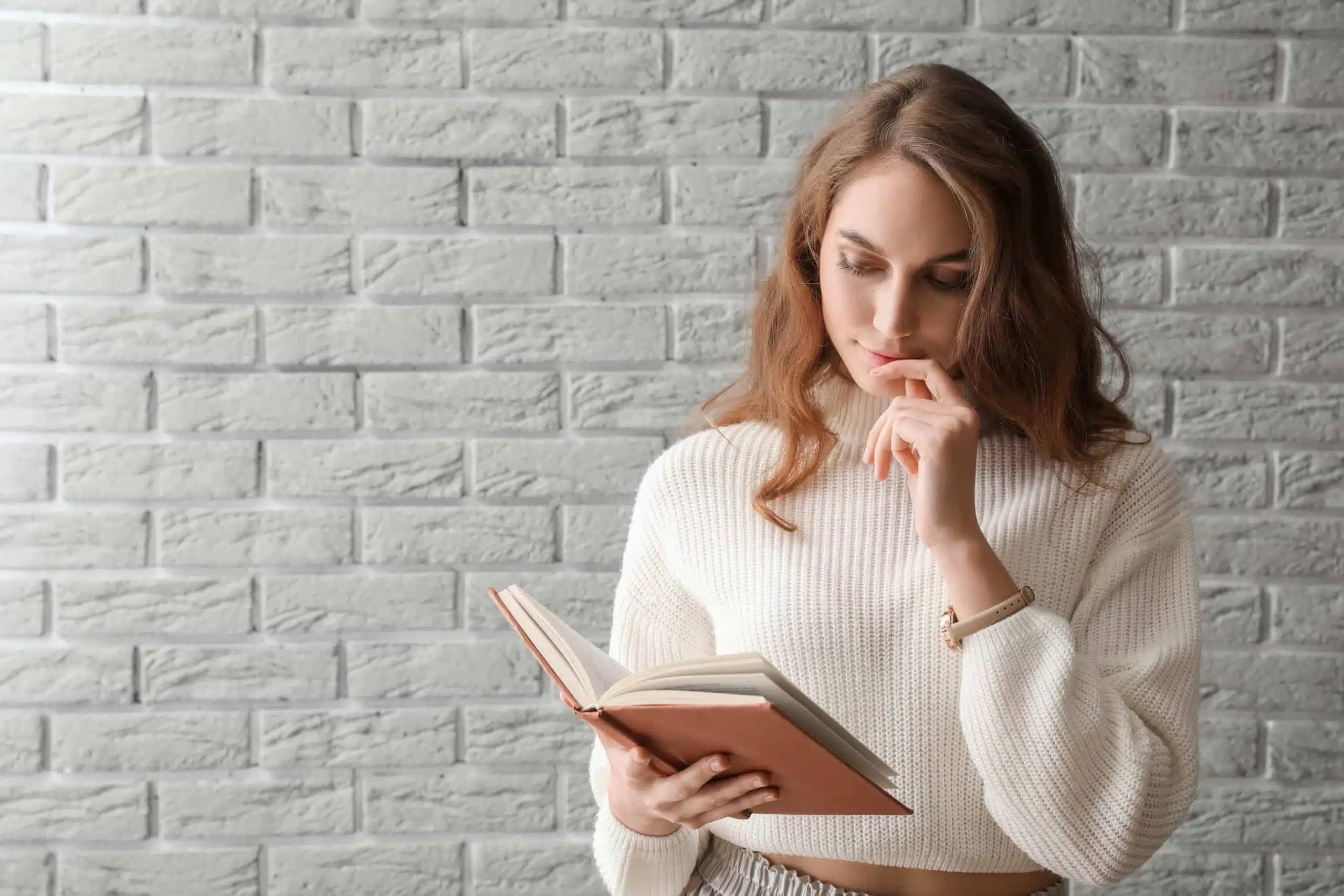
Even the most talented writers will sometimes take a moment to reread a poem several times, trying to figure out exactly what it meant.
Here, we’re going to examine several steps you can take to easier understand the poetry you’re reading, from message to context.
As an aside, you’ll need to understand the building blocks of poetry before you can really jump into this process.
You need to be intimately familiar with some of the most common terms like meter, rhyme scheme, alliteration, etc.
This article will assume that you’ve already done your vocabulary homework, for the most part, so please keep that in mind.
#1 The First Two Readings

As with all review processes, it begins by simply enjoying the poem. Let yourself feel the poem as an ordinary reader.
Let it carry you wherever it will.
Read it silently the first time you go through it since that’s how most readers will be experiencing the poem for the first time.
As for the all-important second reading, read it aloud.
This is a recommended step for every review process, from critiquing to editing, for good reason.
Reading aloud will force you to hear and recognize every individual word.
You’re likely to notice nuances in the sound and rhythm that you wouldn’t have noticed in silent reading.
Take note of any feelings that come to mind in these readings.
Later on, you’ll be trying to figure out exactly where and why these feelings took hold of you.
#2 Study for Structure
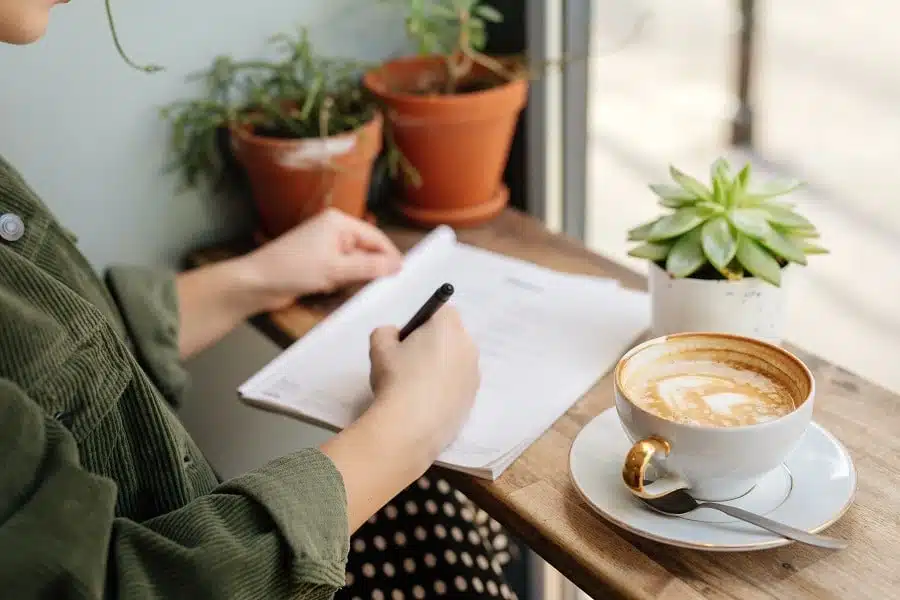
Mark up the rhyme scheme, line by line.
Mark stressed and unstressed syllables for the first few lines to see if there’s a particular meter being used in the poem.
Count the syllables carefully and write those counts down next to each line.
Examine the lengths of the stanzas and look for patterns in all of these areas.
If it’s a formal poem, then realizing it early may help you to understand why certain decisions were made.
Was the end rhyme on line 3 the best word choice, or was the writer just forcing a rhyme because they were mid-sonnet?
Think like an editor.
Even in free verse, you can often learn a lot about the poem through structure.
A long poem that isn’t broken up into separate structures may feel suffocating or dense on a read.
Was that an intentional choice by the writer to match a somber, suffocating topic?
Remember that poems are made up of choices. Search for those decisions as you go.
#3 Search for Techniques
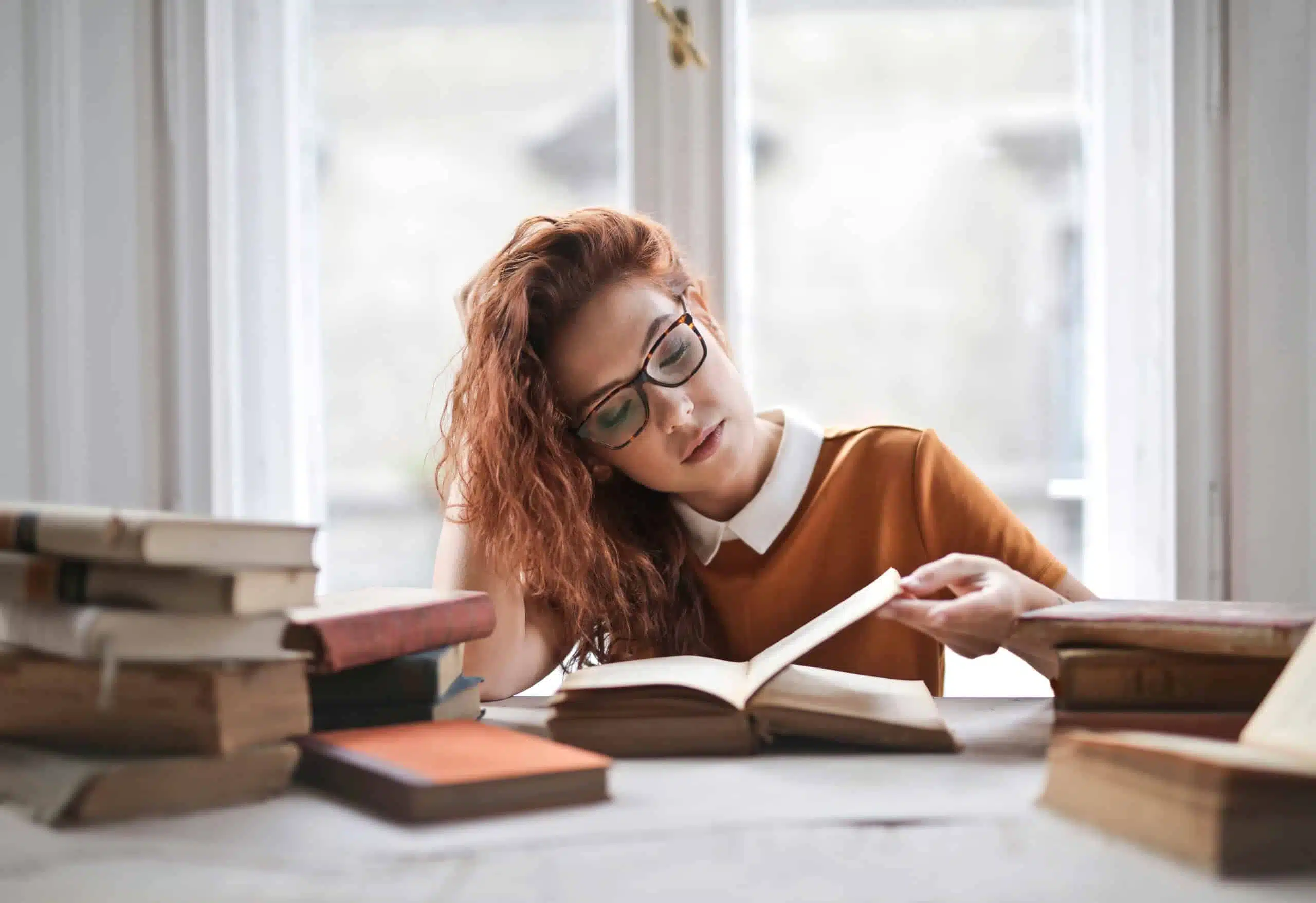
Again going line by line, mark out any literary techniques you may recognize.
Maybe one line’s playfulness was emphasized through liberal use of assonance and internal rhyme.
Perhaps another line owes much of its gravity to a quick biblical allegory.
Be especially mindful of imagery and comparisons.
The metaphors and similes that a writer chooses to employ can be an excellent gateway into their mindset.
If they thought a particular topic warranted the use of a poetic comparison, then perhaps it was meant to be a focal point of the larger work.
Images, in particular, are deeply meaningful in poetry.
Like trees and lakes, natural images are often used to emphasize peace, tranquility, or a sense of beauty.
Grotesque images, like corpses and decay, are usually meant to demonize a certain topic or detail.
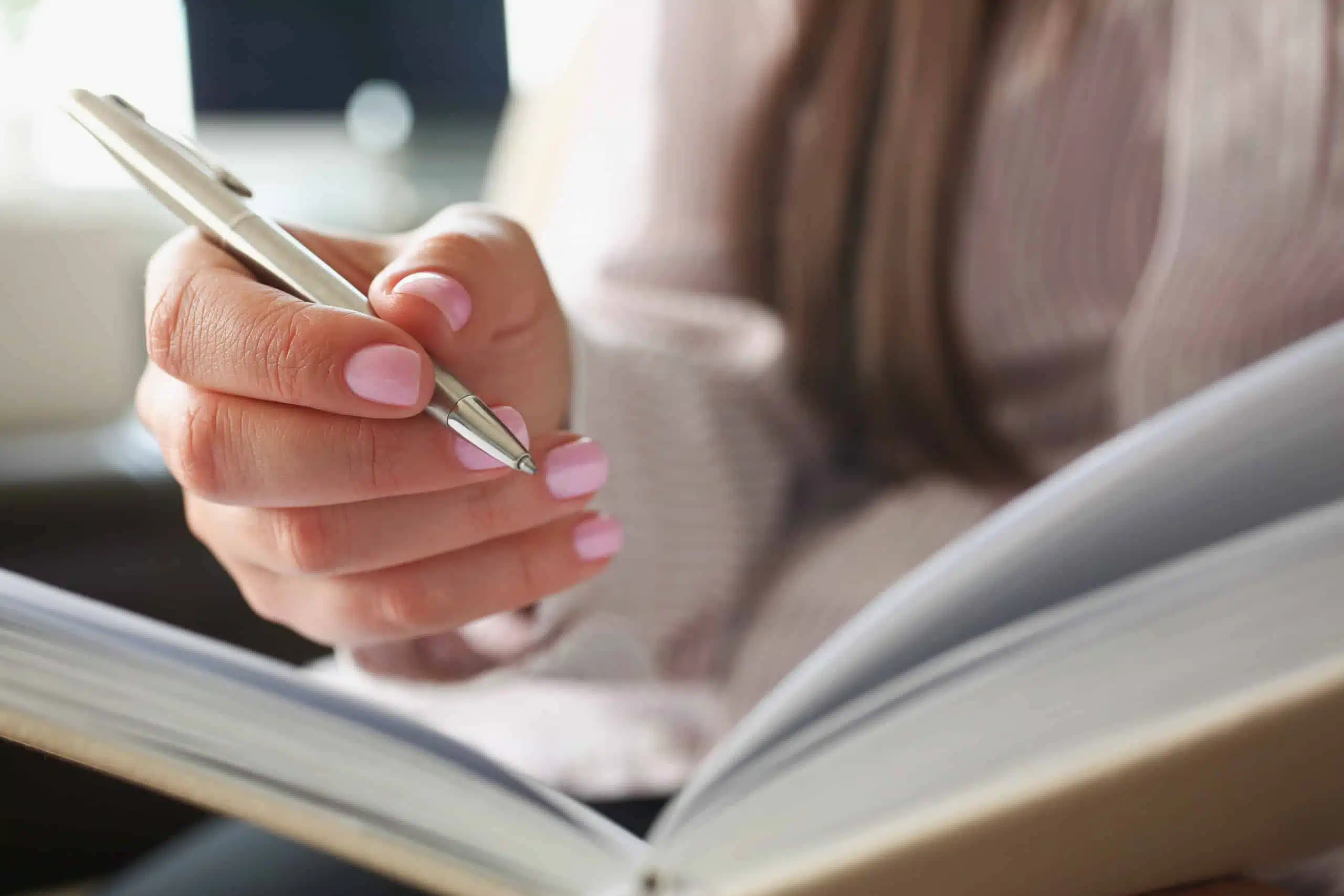
If the writer compares money to a rotting leaf, then that should speak volumes about how they perceive wealth.
If you’re particularly experienced, then also take note of how necessary these technical choices felt.
Did the enjambment contribute to a chest-clamping feeling of helplessness, or did it just make the lines confusing and annoying to read?
Poems, by their very nature, are never perfect.
Take note of those imperfections, though you shouldn’t find them disheartening.
Just learn from them.
That’s what imperfections are for.
#4 Study the Context
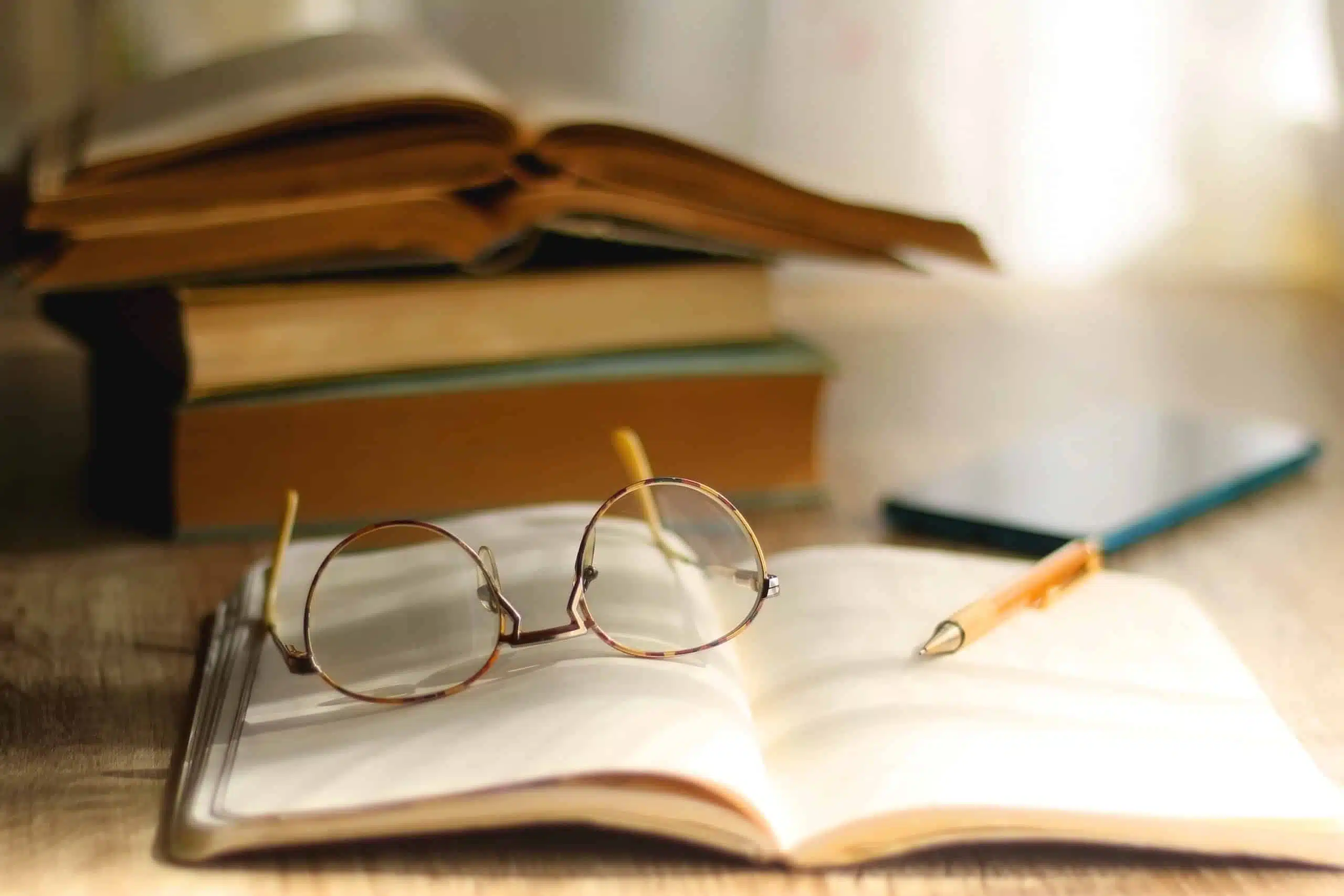
This is perhaps the most advanced step but will yield a great deal of information.
Learn more about the poet and the time period in which the poem was written.
Learn about their native country and the conditions they grew up in.
Returning to the “money is a rotten leaf” comparison, was the poet who wrote the line impoverished or wealthy?
In poverty, this could be an image meant to comfort the writer or condemn the cause of their suffering.
In wealth, this could represent a condemnation of the writer’s own past.
The context drastically changes the meaning.
This step can easily become a rabbit hole, so be careful not to reach too deeply.
There’s nothing wrong with searching for deep meanings in a poem.
Still, it may be unhealthy to dwell too much on what the choice of pronouns on one specific line meant to someone who died fifty years ago, so strike a balance.
#5 Envision the Speaker

The speaker in the poem may or may not represent the poet.
Now that you have a context to work from, it should be easier to isolate the two.
If the poet was a faithful Catholic monk, then a poem in which the speaker talks about her pregnancy and gypsy origins would certainly be an unexpected mental deviation.
What may have led the poet to choose the specific speaker they chose?
Were they perhaps convinced that this was the right voice to tell the story?
Keep the full context you have for the poem in mind, as well.
It’s entirely possible that they chose a certain voice because they were working on commissions or because they wanted to appeal to a certain publication.
Poets, regardless of feelings, do still live in the real world.
#6 After the Analysis

Analyzing a poem is naturally not a concrete process.
As you would imagine, it’s more an art than it is a science, and the conclusions you come to may be wildly different from the conclusions another reader comes to.
That’s actually how it should be, though.
You’re not meant to think exactly as the writer does, and missing the mark by a certain amount is part of the fun.
Poetry, like all writing, is a discussion between the reader and the writer.
Missing a few points that were intended or adding a few points of your own that may not have originally been intended is all just part of the act of conversation.
Analyzing a written piece and sharing that analysis with others is part of keeping the art alive and well.
Sometimes a poem may not have been written with any intended meanings at all.
It’s possible that the writer just woke up on a rainy Tuesday and needed to kill twenty minutes somehow. That’s fine.
What matters is that the words are there in front of you now.
Once words are given away to the wider world, they can and should be shared, dissected, and played with.
Interacting deeply and intimately with the words of others helps us to connect to the writer in a much more lively and vivid way than we could by just accepting them at face value.

After all, you may not always know exactly what a close friend or family member really means when they speak.
You know what they said, and you might be able to scratch at their thoughts, but you’re not meant to be inside their head.
That space between you is the intangible space in which you can connect.
It’s the place where your meanings interact with theirs to create newer, bigger meanings than either person could create alone.
That is the essence of the discussion.
So remember that when we analyze poetry, we’re not just staring at a page or a computer screen.
We’re caressing the intimate space between reader and writer, trying to touch the deep meanings between the cracks.
And if you think hard enough, then maybe you’ll find something new in the poem that no one ever found before.
- Craft Captivating Poems: 16 Practical Steps
- Forge a Poem About Yourself: 5 Actionable Steps
- Craft a Captivating Poetry Analysis: 7 Actionable Steps
- Write Rhyming Poems: Unlock Rhyme Mastery
- Read Poems Aloud Like a Pro: 5 Proven Tactics
- Edit Poetry Like an Expert: 5 Easy Steps
- Format & Punctuate & Annotate Poems: Like a Pro
- Critique Poetry with Ease: 5 Steps to Success
